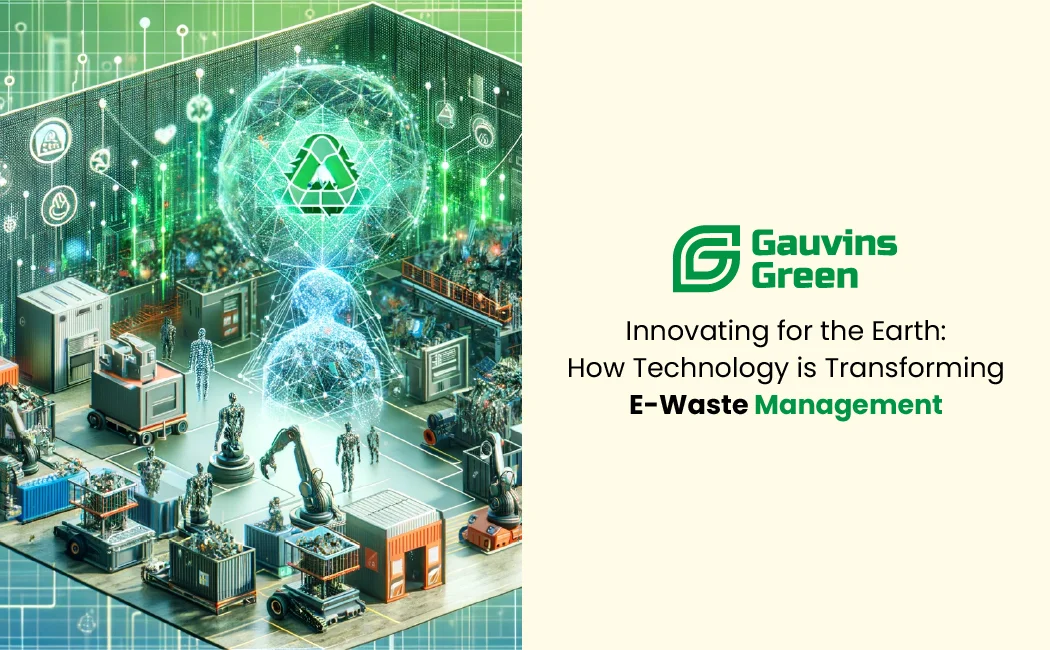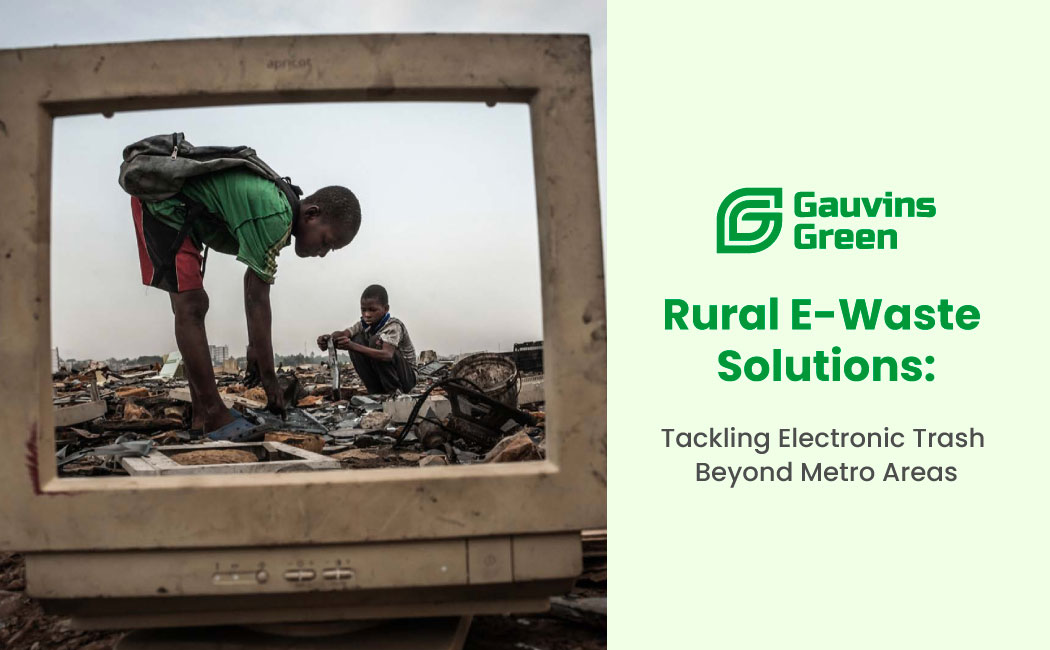|
Getting your Trinity Audio player ready...
|
As we navigate through a technology-driven era, the world of waste management is undergoing a profound transformation. Gauvins Green, at the forefront of this change, is leveraging cutting-edge technology to revolutionize the way we handle e-waste. This blog delves into the innovative technological advancements reshaping e-waste management and how they are being implemented for a more sustainable future.
Table of Contents
ToggleThe Evolving Landscape of E-Waste Management
The journey of e-waste management has evolved from mere disposal to a sophisticated process of recovery and repurposing. The sheer volume of e-waste generated globally poses a significant environmental challenge. However, with technological innovation, we now have the opportunity to not only mitigate these challenges but also to add value through recovery and recycling.
Advanced Technologies at the Heart of E-Waste Recycling
- Artificial Intelligence and Machine Learning: AI and ML are revolutionizing the sorting and processing of e-waste. These technologies enable more precise sorting of materials, leading to better recovery rates and less environmental impact.
- Robotics in E-Waste Management: Automated robots are used to dismantle and sort e-waste, increasing efficiency and reducing the risk to human workers.
- Blockchain for Traceability: Blockchain technology is being explored to track the lifecycle of electronic products, ensuring responsible handling and recycling of e-waste.
Gauvins Green’s Approach to Tech-Driven E-Waste Management
Gauvins Green is embracing these technological advancements to enhance its e-waste recycling processes. Our approach is not just about adopting new technologies; it’s about integrating them in a way that maximizes efficiency, security, and environmental sustainability.
Read more : The Emergence of E-Waste Recyclers in Panipat: A Sustainable Revolution
Challenges and Opportunities in Tech-Driven E-Waste Management
While the potential of technology in e-waste management is immense, it’s not without its challenges. The initial cost of adopting these technologies can be high, and there is a need for skilled personnel to operate them. However, the long-term benefits, such as improved efficiency, higher recovery rates of precious materials, and reduced environmental impact, present significant opportunities.
The Future of E-Waste Management
The future of e-waste management lies in the continuous adoption and integration of new technologies. As we advance, the goal is to move towards a circular economy, where electronic waste is not seen as an end-of-life product but as a valuable resource to be recovered and reused.
Conclusion
The integration of technology in e-waste management is a game-changer. At Gauvins Green, we are committed to staying at the forefront of this transformation, continually exploring new ways to improve our processes and reduce environmental impact. The path to a sustainable future is paved with innovation, and we are here to lead the way.
FAQ’s
1. How is technology transforming traditional e-waste management methods?
Technology, especially in the form of artificial intelligence, machine learning, and robotics, is revolutionizing e-waste management. These advancements allow for more precise sorting of materials, efficient dismantling of electronics, and improved recovery of valuable components, thereby making the recycling process more efficient and environmentally friendly.
2. What role does artificial intelligence play in e-waste recycling at Gauvins Green?
At Gauvins Green, artificial intelligence and machine learning are used to enhance the sorting process of e-waste. AI helps in identifying and categorizing different types of electronic waste, ensuring that each component is correctly sorted and sent to the appropriate recycling process. This leads to better resource recovery and minimizes environmental impact.
3. Can robotics improve safety in e-waste management?
Yes, robotics greatly improves safety in e-waste management. By using automated robots for dismantling and sorting e-waste, Gauvins Green reduces the risk of injury to human workers, especially when handling hazardous materials found in electronic waste. Robotics also enhances the efficiency and speed of the recycling process.
4. How does Gauvins Green utilize blockchain technology in e-waste management?
Gauvins Green is exploring the use of blockchain technology to create a transparent and traceable record of the e-waste recycling journey. From the point of collection to the final recycling process, blockchain can provide a secure and unalterable ledger, ensuring responsible handling and enhancing trust in the recycling process.




